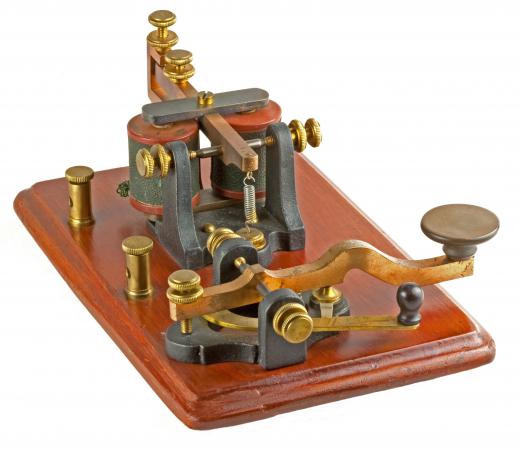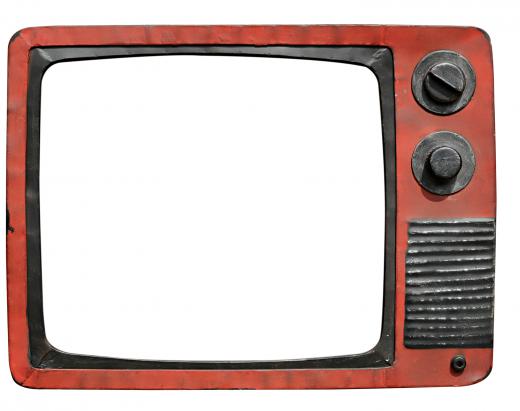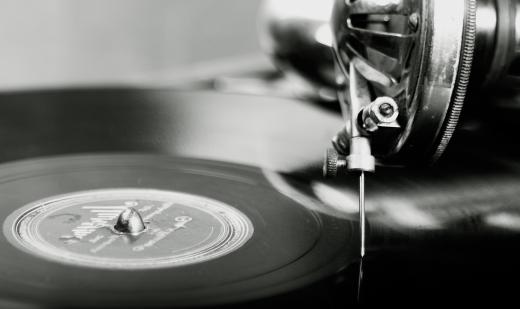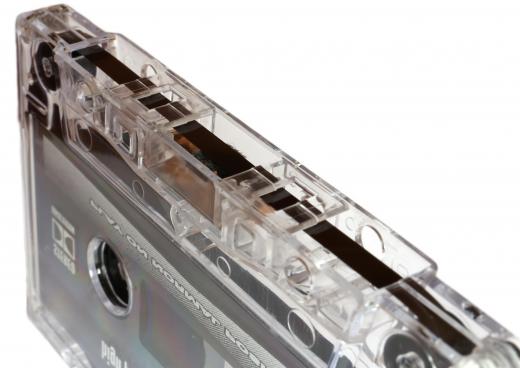What is the Difference Between Digital and Analog?
In many ways, the difference between digital and analog is the difference between describing a scene and taking a photograph. Analog technology revolves around making copies of wave patterns and then replaying them as output. Digital technology is based on taking wave signals and translating them into a digital format. On playback, a digital signal uses its recorded data to replicate the original wave.
In order to understand the true difference between analog and digital, it is important to know a little more about the technology. The first true electric digital signal was used in telegraph lines, but the technology didn’t enter the mainstream until the middle of the 20th century. Analog signals, on the other hand, have been around for hundreds of years, but the earliest forms were very rudimentary or impossible to reproduce. Analog went mainstream in the late 1800s with the invention of the phonograph and motion picture.

Analog signals are copies of other signals. These copies are made by measuring wave vibrations with a recorder. Those waves are recorded in a separate analogous wave such as groves, like on a record, or electric pulses, such as those on a cassette tape. When those waves are replayed, the analogous wave is transferred back into visual or auditory waves.

Digital signals take those same wave vibrations and convert them into binary code. The code contains data that describes the form of the original wave. This binary code may be saved like any other computer data. When the code is replayed, the binary code is used as a template to create a new wave.
In a perfect environment—one that has no noise interference and unlimited storage—the signal types will both be nearly identical to one another and the original signal. Environments like this really don’t exist, so degradations in signal between both types are common. A basic difference between digital and analog is the manner in which the signals take in interference and background noise.

In a typical environment, the difference between digital and analog recordings is easier to hear. While analog signals are generally closer to the original sound, artifacts and background noise are often imprinted as well. This causes hisses and pops when listening to the playback. Digital signals have a cleaner sound, but often lose some of the particularly high and low signals common in human-made recordings. The recording device will often simply disregard these signals as a way to save space on the recording.

The last main difference between digital and analog signal is the data content. An analog signal is a dense collection of sound and picture waves. These waves contain a lot of information, but nothing outside the original waves. Digital signal may contain any type of data that is possible to compress into computer information. This additional information can literally be anything from information related to the signal to completely unrelated data.
AS FEATURED ON:
AS FEATURED ON:














Discuss this Article
Post your comments